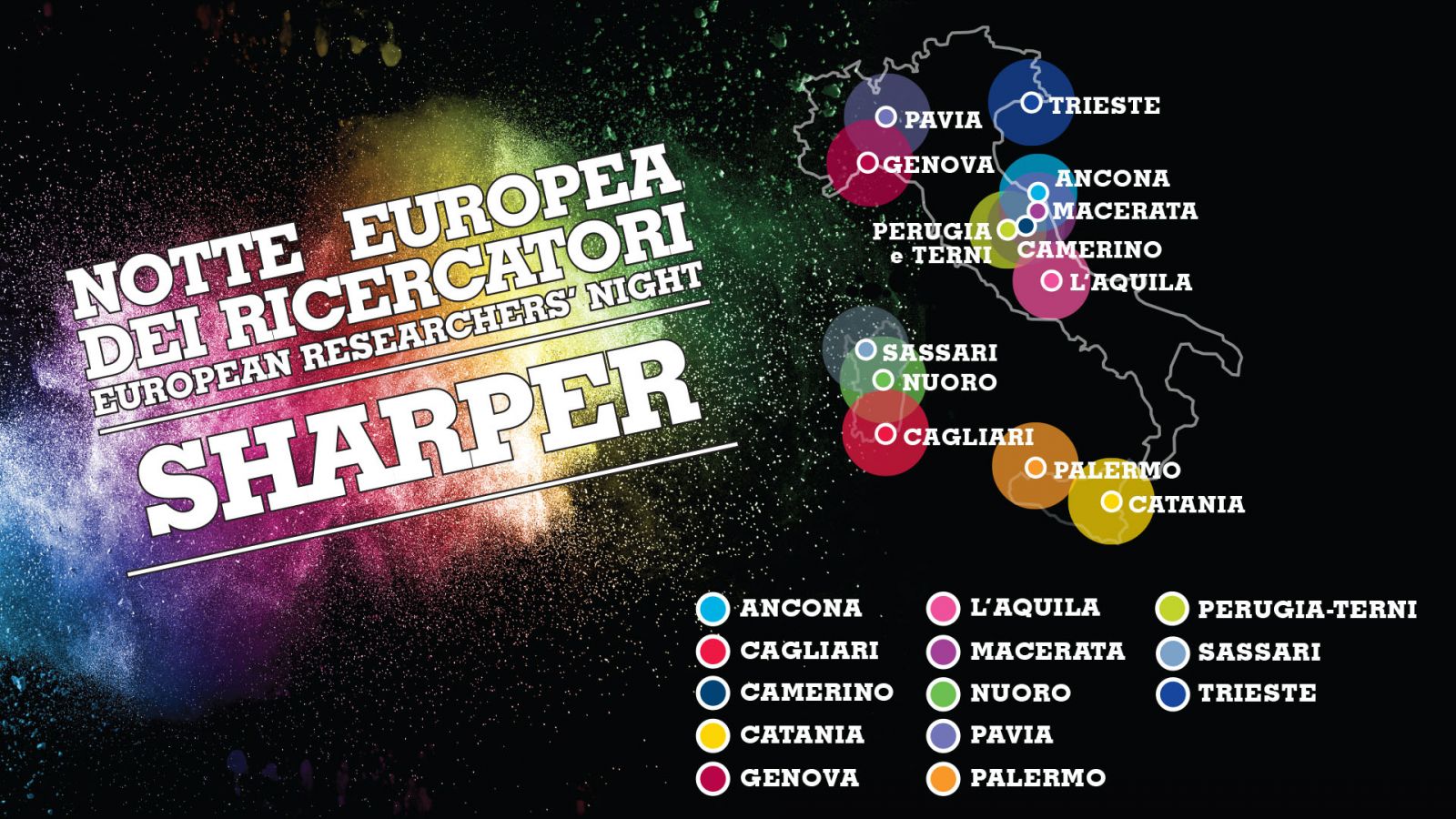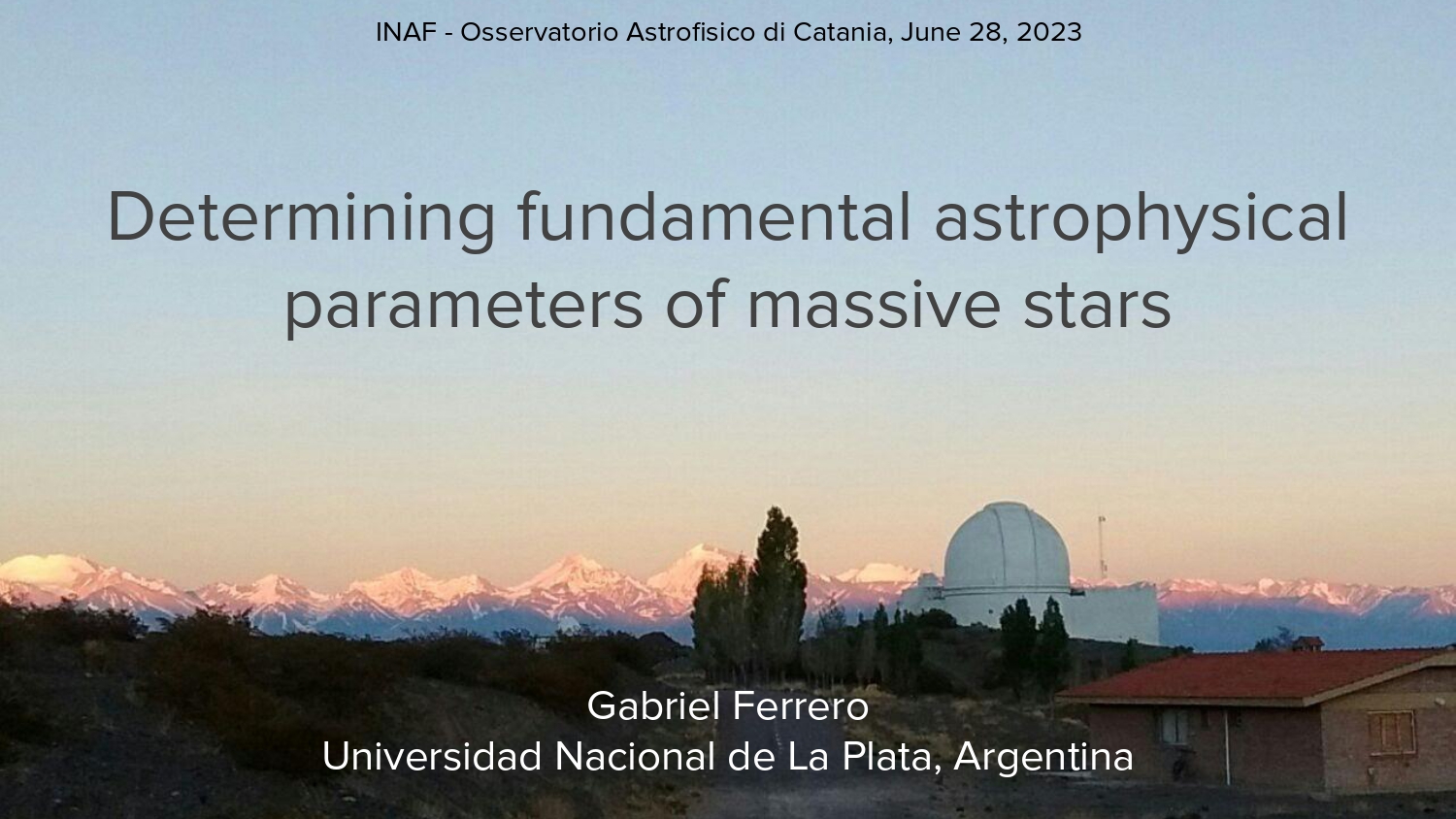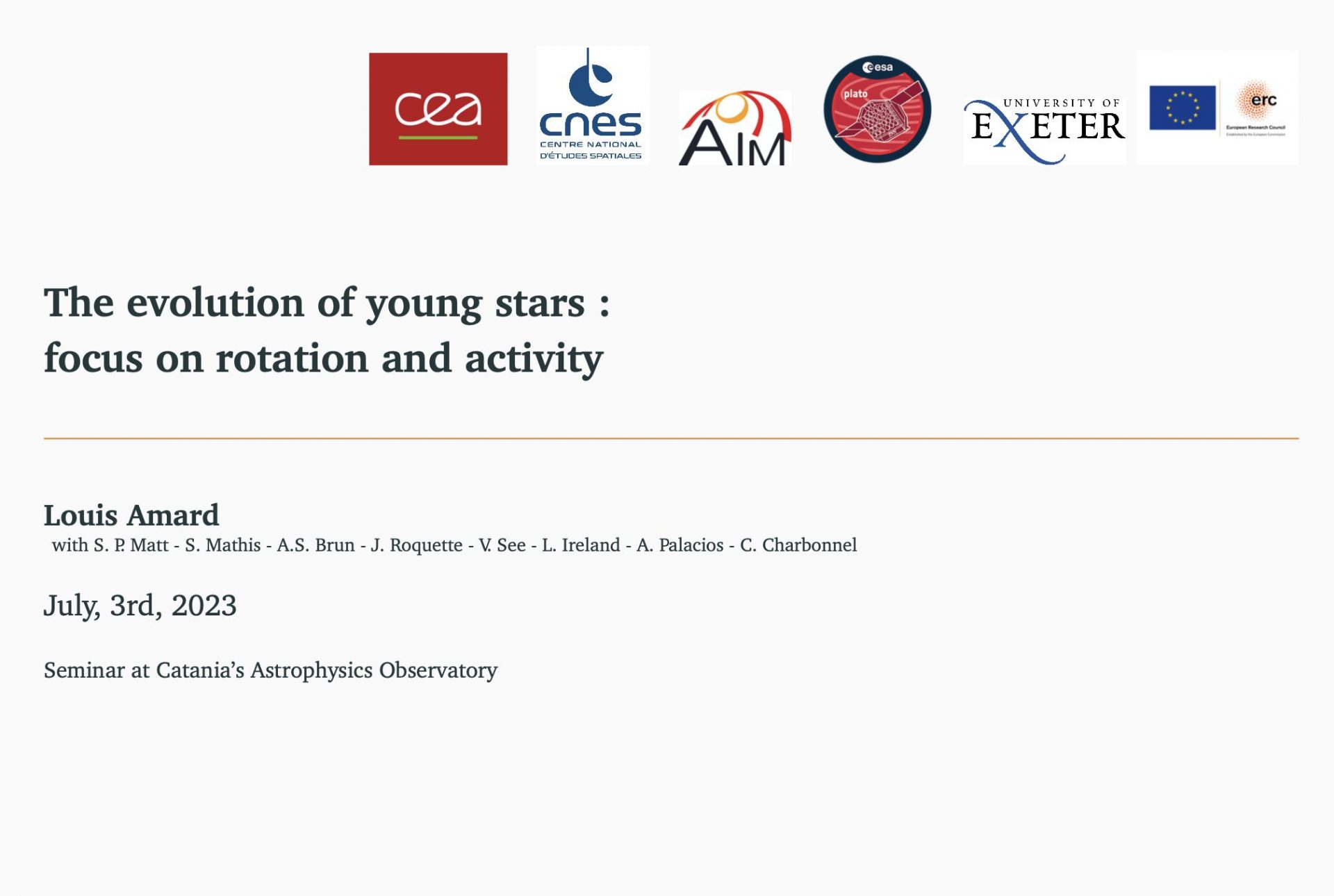In occasione della Notte Europea dei Ricercatori 2022, l’INAF-Osservatorio Astrofisico di Catania ha organizzato varie attività per il pubblico che si svolgeranno tra il 28 e il 30 settembre.
eventi-seminari
Calendario di Eventi
|
L
Lun
|
M
Mar
|
M
Mer
|
G
Gio
|
V
Ven
|
S
Sab
|
D
Dom
|
|---|---|---|---|---|---|---|
|
1 evento,
|
1 evento,
|
2 eventi,
-
Massive stars (i.e. the progenitors of core-collapse supernovae) are quite scarce, but play a crucial role in several important astrophysical phenomena, as for example, the chemical evolution of their host galaxies. Even so, their fundamental stellar parameters (as mass, radii, temperature and luminosity) are poorly known. This relates to important uncertainties about their formation processes, structure and evolution. We are attempting to face this challenge at the research group GEMAE (Grupo de investigación en Estrellas Masivas y Agrupaciones Estelares) at the University of La Plata, together with collaborators in Chile and Spain. We rely mainly on high-quality and high-resolution spectroscopic data collected by 18 years by the OWN Survey of the O-type and WN-stars in the Southern hemisphere. In this talk I will outline the work that we are developing at GEMAE, focusing on determinations of masses of close binary stars by spectroscopy and photometry in the optic and near-infrared bands. |
1 evento,
|
1 evento,
|
1 evento,
|
1 evento,
|
|
2 eventi,
-
Between its formation stage as an active accreting seed and today, the Sun underwent large structural changes as well as variation in magnetic activity, rotation rate and its relation to the surrounding environment. I will go through the different processes that are responsible for these changes and present our latest results on the subject. We will go from the early interaction between the star and its proto-planetary disc bathing in UV radiations emitted from the massive neighbours, to the internal mixing happening in the inner layers of solar-like stars that are probed by asteroseismology. |
1 evento,
|
1 evento,
|
1 evento,
|
1 evento,
|
1 evento,
|
1 evento,
|
|
1 evento,
|
1 evento,
|
1 evento,
|
1 evento,
|
1 evento,
|
1 evento,
|
1 evento,
|
|
1 evento,
|
1 evento,
|
1 evento,
|
1 evento,
|
1 evento,
|
1 evento,
|
1 evento,
|
|
1 evento,
|
1 evento,
|
1 evento,
|
1 evento,
|
1 evento,
|
1 evento,
|
1 evento,
|
|
1 evento,
|
1 evento,
|
1 evento,
|
1 evento,
|
1 evento,
|
1 evento,
|
1 evento,
|


